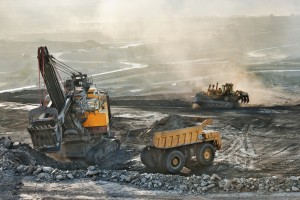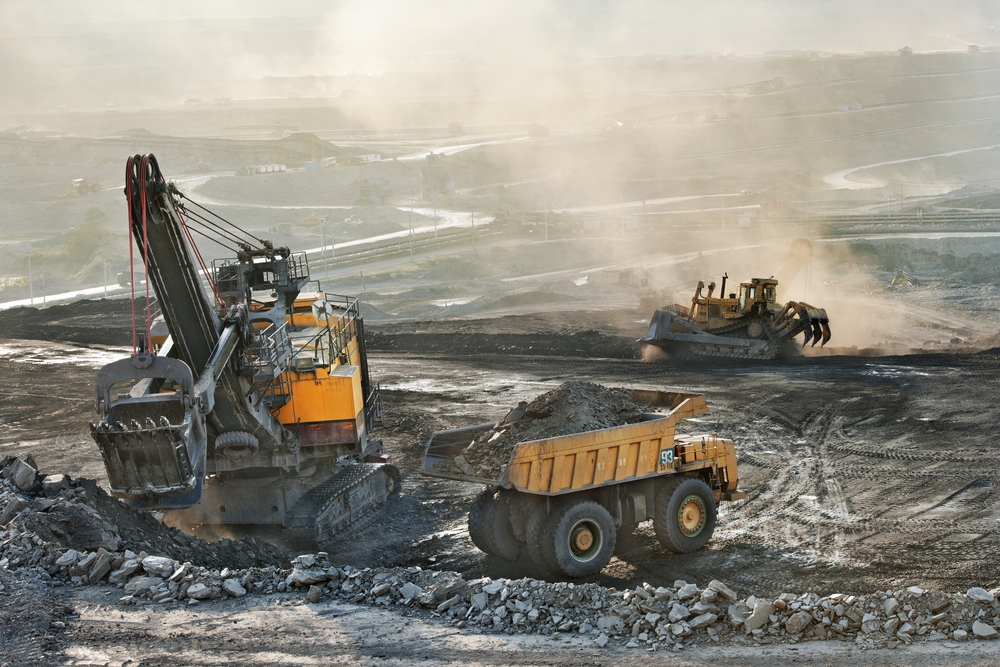 A recent study titled “Appalachian Mountaintop Mining Particulate Matter Induces Neoplastic Transformation of Human Bronchial Epithelial Cells and Promotes Tumor Formation”, published in the Environmental Science and Technology journal, revealed that mountaintop removal mining can increase the risk of developing lung cancer.
A recent study titled “Appalachian Mountaintop Mining Particulate Matter Induces Neoplastic Transformation of Human Bronchial Epithelial Cells and Promotes Tumor Formation”, published in the Environmental Science and Technology journal, revealed that mountaintop removal mining can increase the risk of developing lung cancer.
The West Virginia University (WVU) research team investigated the long-term carcinogenic potential of MTM particulate matter (PMMTM) exposure on human bronchial epithelial cells during mountaintop removal mining, a form of surface mining that blasts the tops of mountains to access coal reserves underneath.
The study showed that inhaling this particulate matter for a period of 3 months at a physiological relevant concentration of 1 μg/mL, can result in lung cancer development, adding to previous results that found an increase in lung cancer cases in communities living near coal mining operations in Appalachia.
“It’s a risk factor, with other risk factors, that increases the risks of getting lung cancer,” study co-author and West Virginia University cancer researcher Yon Rojanasakul said in a Charleston Gazette interview. “That’s what the results show.”
The team used dust collected from places near mountaintop removal sites in Southern West Virginia and tested its effects in human lung cells. They found that PMMTM but not a control particle, induced neoplastic transformation, accelerated cell proliferation and enhanced cell migration of the exposed lung cells.
Mice models were used to receive PMMTM-exposed cells xenograft transplantation, which did not result in tumor formation per se, but promoted the growth of a human lung carcinoma cell line.
Furthermore, chronic exposure to the key inorganic chemical constituent of PMMTM, molybdenum, also promoted tumor formation.
Michael Hendryx, a former WVU researcher now working at Indiana University, has been collaborating with different research groups over the last years, to understand the possible connection between mountaintop removal and several different malignancies.
So far, researchers have collected data showing that people who live near mountaintop removal mines face a higher risk of cancer, birth defects and premature deaths, among other things.
This recent research is a continuation of the previous work, now focusing in the pollution levels near these mining sites and communities, along with the health impacts of exposure to that pollution.
“To me, this is one of the most important papers that we’ve done. There hasn’t been a direct link between environmental data and human data until this study”, Dr. Hendryx, co-author of the study, added in the interview. “The larger implication is that we have evidence of environmental conditions in mining communities that promote human lung cancer. Previous studies have been criticized for being only correlational studies of illness in mining communities, and with this study we have solid evidence that mining dust collected from residential communities causes cancerous human lung cell changes.”


